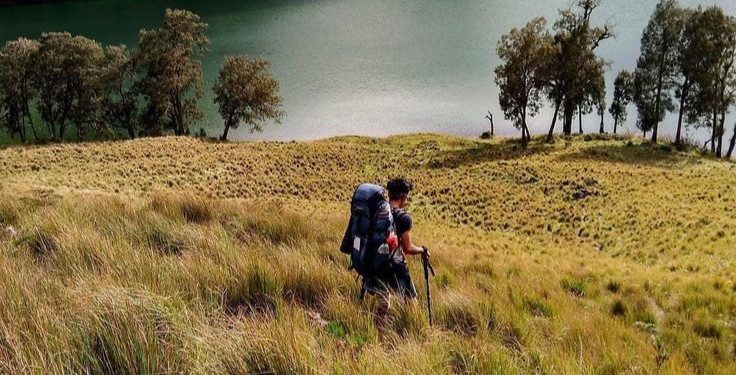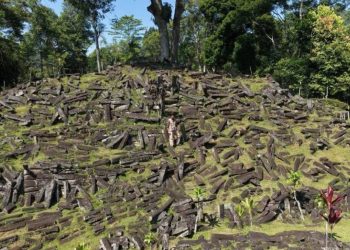Jakarta, Indonesia Sentinel — Several mountain with popular hiking trails across Indonesia have announced temporary closure, forcing hiking enthusiast to postpone their plans in 2025 for a while. The closures, effective at the start of 2025, are attributed to extreme weather conditions, ecosystem recovery efforts, and other environmental factors.
According to IDN Times, here are the list of mountains and popular hiking trails announced temporary closure, with details of their closures and reopening date:
Mount Rinjani
Located on Lombok Island, West Nusa Tenggara, Mount Rinjani, considered the most favorite hiking trails in Indonesia, will be closed from January 1, 2025, to April 2, 2025. The announcement was made via the official Instagram account of the Mount Rinjani National Park Office (@btn_gn_rinjani) on December 20, 2024.
Six trails will be closed during this period:
- Senaru Trail, North Lombok
- Torean Trail, North Lombok
- Sembalun Trail, East Lombok
- Timbanuh Trail, East Lombok
- Tetebatu Trail, East Lombok
- Aik Berik Trail, Central Lombok
The decision was driven by concerns over potential hydrometeorological disasters, such as heavy rains, strong winds, flash floods, landslides, and tornadoes, which are common in the region during the rainy season.
Mount Tambora
Also located in West Nusa Tenggara, Mount Tambora is closed for all hiking and tourism activities starting January 2, 2025, with no set reopening date. This was confirmed in a press release shared via the official Instagram account of the Tambora National Park Office (@btn_tambora_official) on December 30, 2024.
The closure is due to moderate to heavy rainfall accompanied by strong winds, creating the potential for storms. Additionally, this period will allow the Tambora National Park ecosystem to recover from the impacts of tourism activities.
Mount Semeru
Another popular hiking trails, located in East Java, Mount Semeru’s hiking trails were also announced for temporarily closure from January 2 to January 19, 2025. Initially scheduled to reopen on January 16, the closure was extended due to persistent extreme weather conditions.
The Bromo Tengger Semeru National Park Office (@bbtnbromotenggersemeru) stated that the closure was necessary to ensure visitor safety and minimize risks caused by sudden weather changes.
Mount Gede Pangrango
Hiking activities at Mount Gede Pangrango, a popular hiking spot in West Java, have been suspended from December 25, 2024, to March 31, 2025, as announced via the official Instagram account of the park office (@bbtn_gn_gedepangrango).
The decision, made in response to extreme weather, also aims to facilitate ecosystem recovery. Hikers are advised to comply with the closure to ensure their safety.
Read also : Drone Users will be Charged IDR 10 Million as Mount Rinjani National Park
Mount Halimun Salak
In Sukabumi, West Java, Mount Halimun Salak has been closed since December 7, 2024, with no specified reopening date. The announcement was made through the official Instagram account of the Halimun Salak National Park Office (@btn_gn_halimunsalak).
The closure is attributed to extreme weather and the need for forest ecosystem recovery. Key trails closed include Cidahu, Pasir Reungit, Cimalati, and Ajisaka.
Mount Merbabu
Mount Merbabu in Central Java began its closure earlier than other mountains, starting October 31, 2024, with no announced reopening date. The official Instagram account of the Mount Merbabu National Park Office (@btn_gn_merbabu) cited forest recovery, extreme weather, and a transition to new entry fee policies as the main reasons for the closure.
Mount Prau
Mount Prau in Wonosobo, Central Java, announce its hiking trails closure from January 12, 2025, to March 31, 2025, according to the mountain’s official Instagram account (@prau_mountain). The closure aims to address severe weather conditions, reforestation, and trail maintenance. The trails are scheduled to reopen on April 1, 2025.
Hikers are encouraged to postpone their plans and prioritize safety as these closures help protect both visitors and the fragile mountain ecosystems.

























